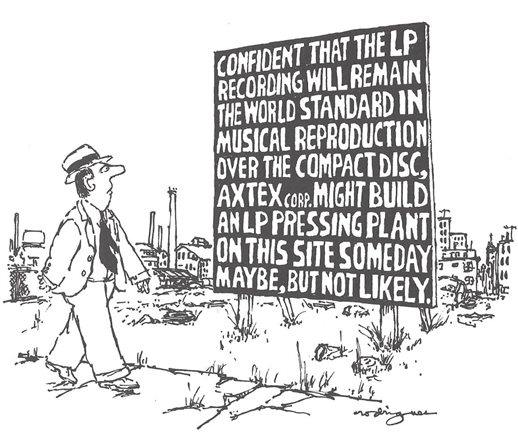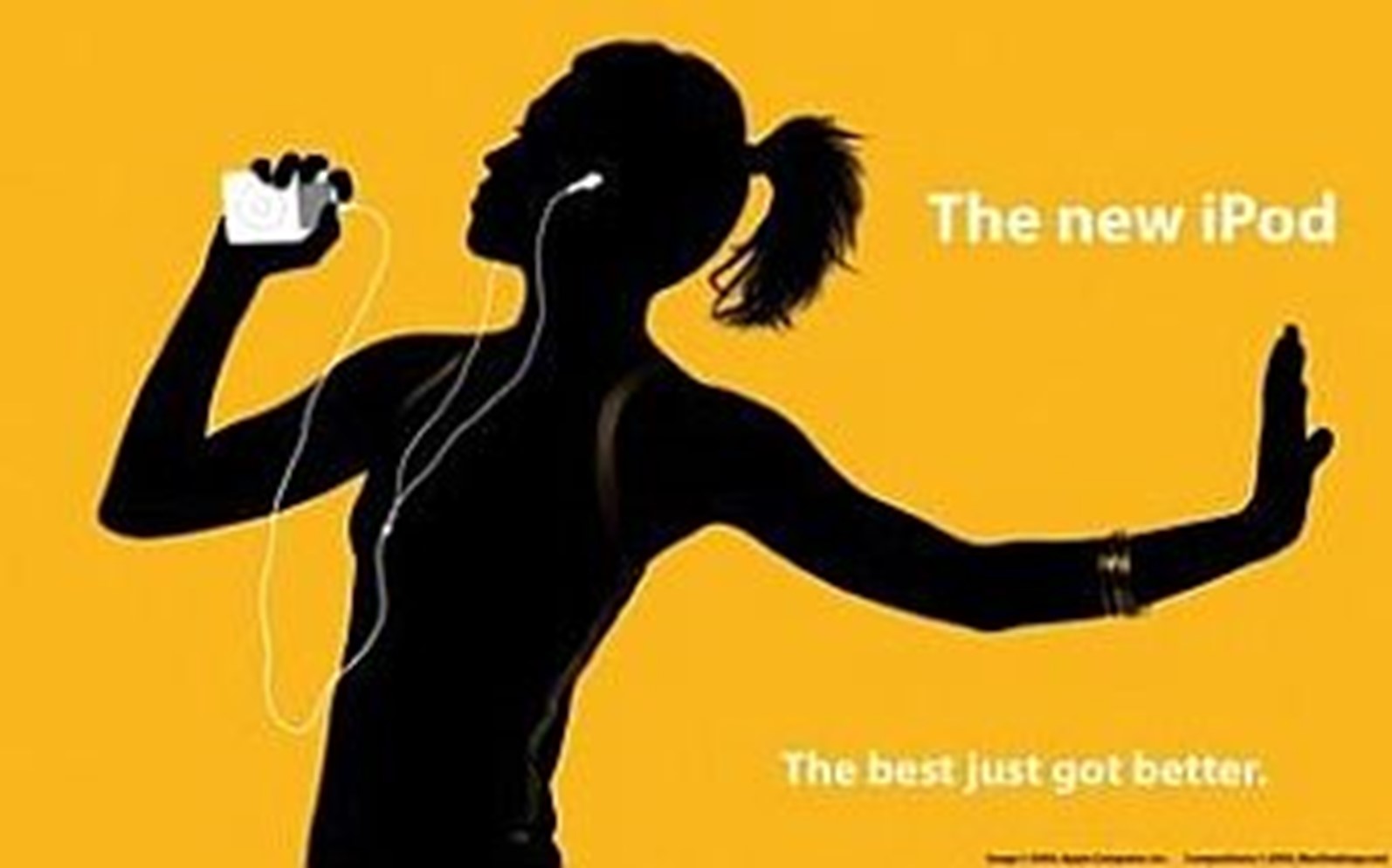What goes around
Saturday, 2 April 2022 1:27:09 pm Australia/Melbourne
We take it for granted now that we are going to sell record playing technology every day we are open in our Lygon St Hi-Fi store ...
We have always been invested in Vinyl replay as an organisation. During the long dark years of digital dominance of our marketplace ecosystem we would keep a Rega Planar 3 on demo, often with an abused copy of Dark Side of The Moon collecting dust on the platter, and would demonstrate to those who cared to listen how ... fundamentally satisfying ... the sound was.
As a small business we are a leaf upon the waters and have no influence on the marketplace as such but through demonstration of our wares effectively can modulate the direction of an individual who cares to listen.
Turntables were always a part of our business therefore even though by 1991 when we opened most manufacturers had thrown the towel in and many beautiful replay instruments were being sold for a fraction.
Most people were happy with CD as it was presented to them in the eighties. The "indestructible format with huge dynamic range" that took up less space and didn't scratch and crackle.
Turntables and records were officially declared obsolete in the early eighties, as exemplified by this Rodrigues cartoon from Stereo Review in 1984

However there was a hardcore group of audio subjectivists for whom the sound was never satisfactory. They would try ... the latest model with more kilobits, new cables, add on digital to analogue converters, valve hybrid devices, etc etc.
As a purveyor to those clients, I became aware of customers who were seemingly trapped in an upgrade cycle of dissatisfaction.
Like a player caught on a snakes and ladder board they would scale the upgrade path to try and achieve higher resolution then fall back down to a low-end product that perhaps promised "musicality" ...
They were being told again and again that their record collections were obsolete and sonically inferior but they couldn't find the emotional engagement in the new digital music format that had been readily accessible in the LP format.
In 2001 the first iPod came through our doors and it rapidly became a cult.
It took a while for me to realise that this new format was actually a threat rather than an opportunity ...

The dancing silhouette advertisements for the 2003 iPod are a marketing classic that helped cultivate an elven glamour to the iPod. The product feel and user experience along with the integrated iTunes download software was a revolution in commercial music propagation.
Those high research individuals who would choose to shop in a specialist High Fidelity store such as Carlton Audio Visual were not immune to the Apple portable music phenomenon by any means.
So instead of bringing in their favourite CDs they would bring their iPod and ask for it to be plugged into the potential amp and speaker purchase they might be evaluating; and that is where the problem for our impression managed business model came to play.
The client was looking for an emotive Hi Fi experience by playing the iPod through a good amp and speakers so as to improve on the headphones and capitalise on the new replay format. However the musical results were not captivating enough even with a good amp and speakers.
The bass and treble was there and you could hear the voice but … there was nobody home. No thrill as the singer would crescendo, no rush of joy as the guitar solo chimed in. The music was the experience of a distant spectator rather than a performance in the room.
With their iPod connected we couldn't get to the potential clients musical G spot that would make the sale for the amp and speakers. CD would work but it became apparent that the iPod was taking the Hi Fi soul out of the music and taking the sales out of our business.
There was an upside to this though in a business sense. The market for component Digital to Analogue converters went gaga as people tried to extract the music from the digital recordings. In particular the NAD M51 sold profusely as clients used it to try to bring their systems back to life. I wonder how much of that was the subjective audio performance and how much was it advertising a 384 KHZ something sampling rate;
Actually I loved the Rega DAC … a half sized solid piece of English iron that was warmer and more natural than many clinically presenting DACs.
Rega has always been the silver lining in the Hi Fi firmament for me. Since the days in Melbourne when the Rega turntables were distributed by Derek Pugh and sold almost exclusively by the much missed store Penny Lane Audio in Toorak in the eighties they were an aspirational product. So simple yet so musical.
Rega were always the Gold standard of Turntable brands for me.
I was able to force feed them into business that employed me as manager in the eighties and when Paul and I opened Carlton Audio Visual in 1991 it took a couple of years before we were able to put some stock on display in Lygon St.
Rega sales had never fallen when all the other Turntable brands were surrendering to Compact Disc. They are a company independent of conventional marketing practice and make their own rules.
When the Rega Australia agency was taken up by our major Distribution partner Synergy Audio Visual in 1997 we were really able to go full steam with this very British brand. These days we are the largest retailer of Rega in Australia, I am wearing a Rega T shirt and my car has a number plate REGA.
The photo below is of myself adopting an appropriate position in front of one of two Triumph motorcycle Edition Planar 3 Turntables at a Rega factory visit in their Southend On Sea facility. I believe the other one went to John Bloor the man who recreated the Triumph company in the eighties.

As we have pointed out before Rega as a company is a unique vesicle of corporate practice. They have never advertised, they have never borrowed money, and when the founder Roy Gandy shuffles off this mortal coil he is leaving the company to the employees.
Turntables are now as much a part of the high fidelity scene as they were in the late seventies. For people buying a component system the record player is nearly always the primary source backed up by a streaming engine of some kind for everyday music.
For myself it feels like a slightly damp dream business fantasy where our particular and peculiar business model with its preserved and perpetrated seventies analogue vinyl skillsets are found to be in great demand fifty years later.
I find myself musing with clients that I am selling them almost the same kit as I might have sold them in the Hi Fi shop I worked at in Cambridge in the 1970’s.
The millennials who work at Carlton Audio Visual are all cartridge mounting experts these days. To the extent that their prowess and knowledge and enthusiasm for the medium far exceeds my own.
It is such a privilege to work in this market place where our clients and their ilk have so clearly dictated the preeminent medium to be sold against the prevailing current of mainstream marketing forces. On a global scale vinyl will always be the underdog of course, but its place in the scheme of quality music playback is assured for the future.
On a final note about the longevity and durability of the microgroove LP format, it is worth noting that long after the sun has become a red giant and the earth has been adsorbed back into the heliosphere there will be a message from humanity on a Golden LP out in the interstellar reaches on the side of the Voyager probes:
The NASA Golden record for aliens

